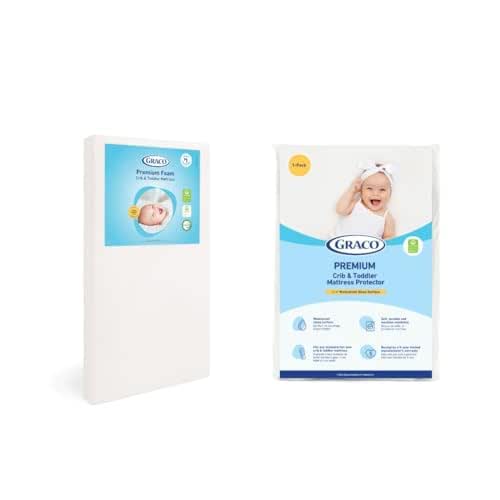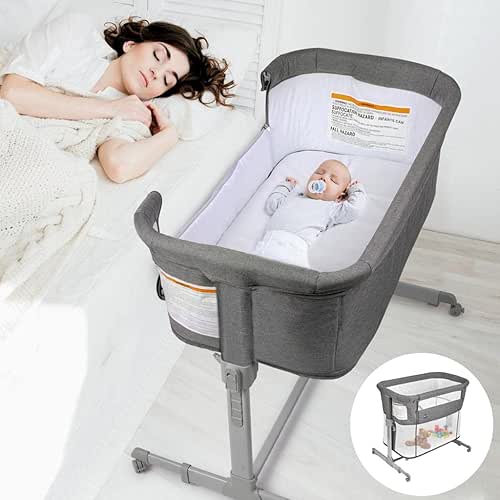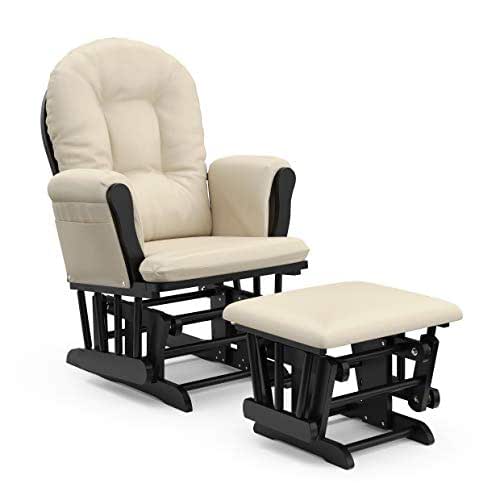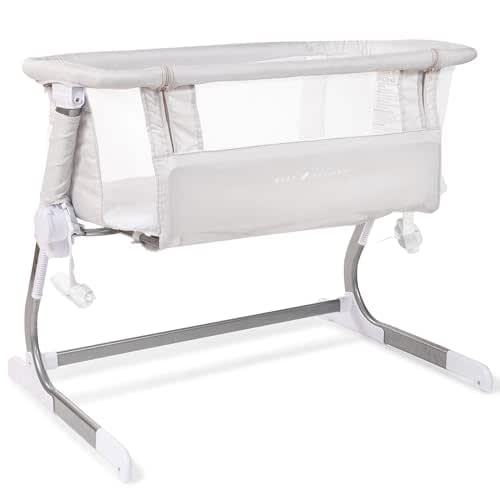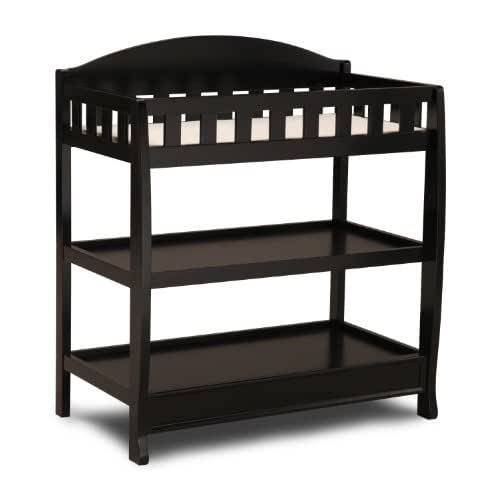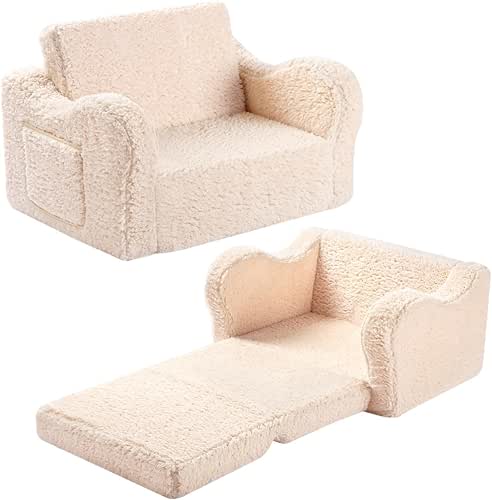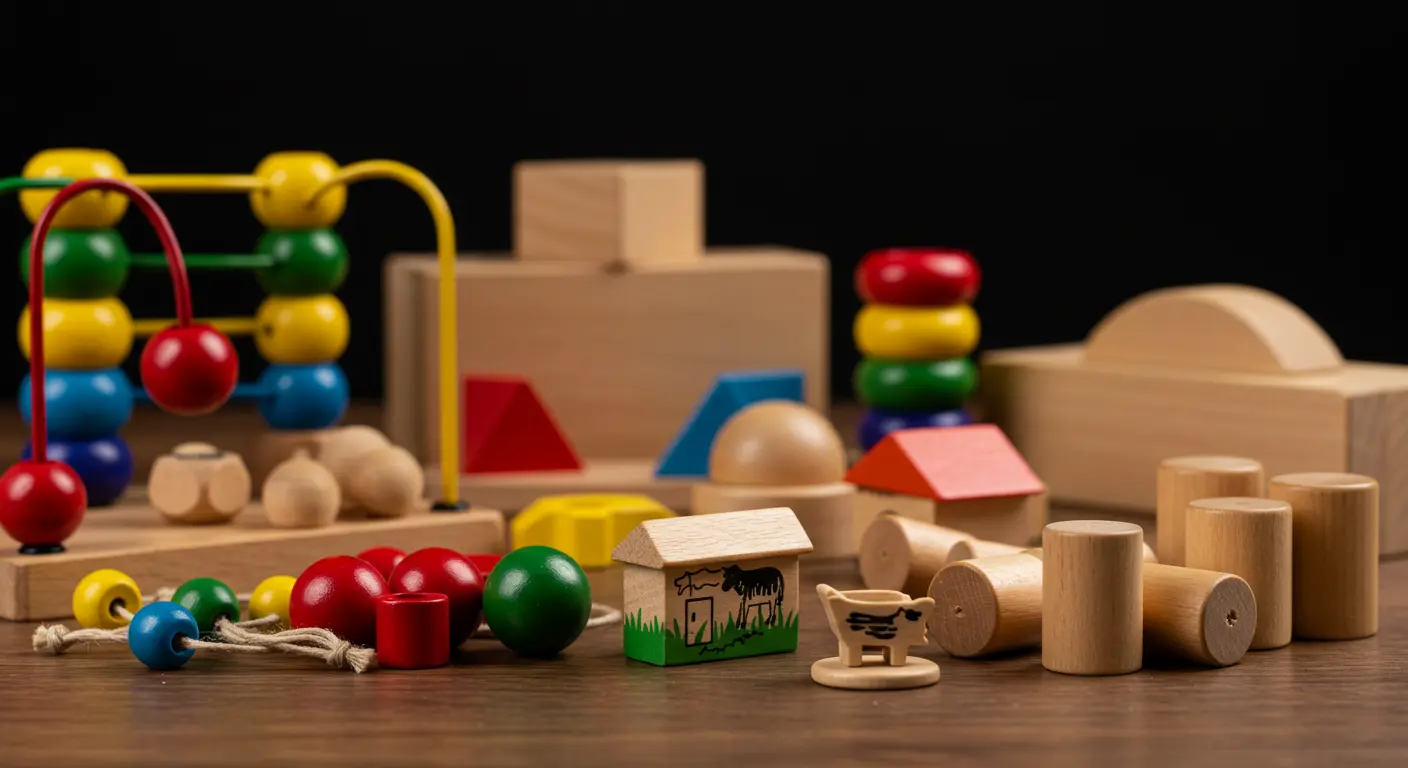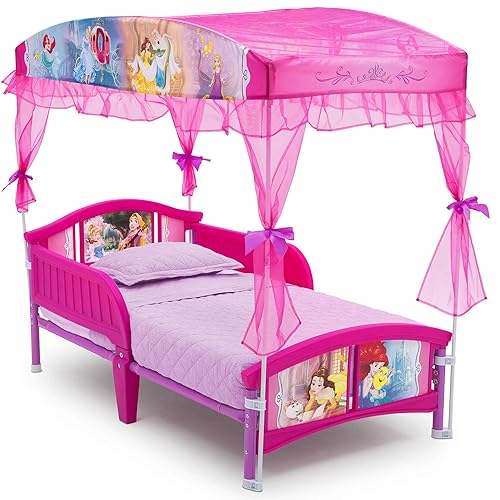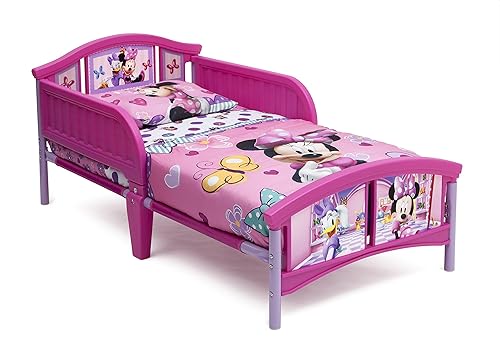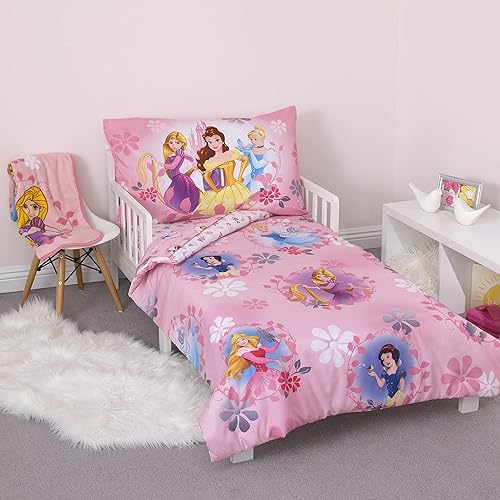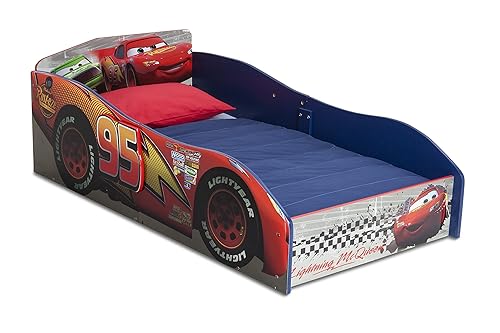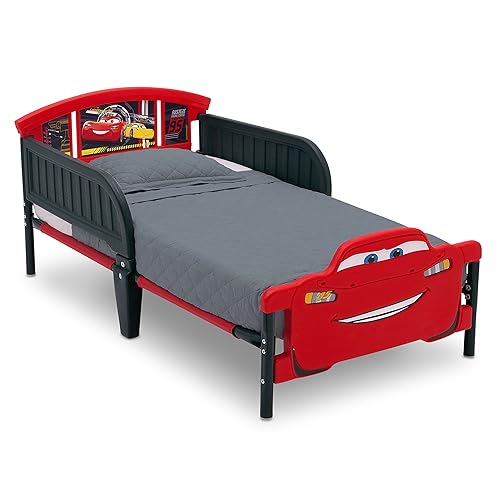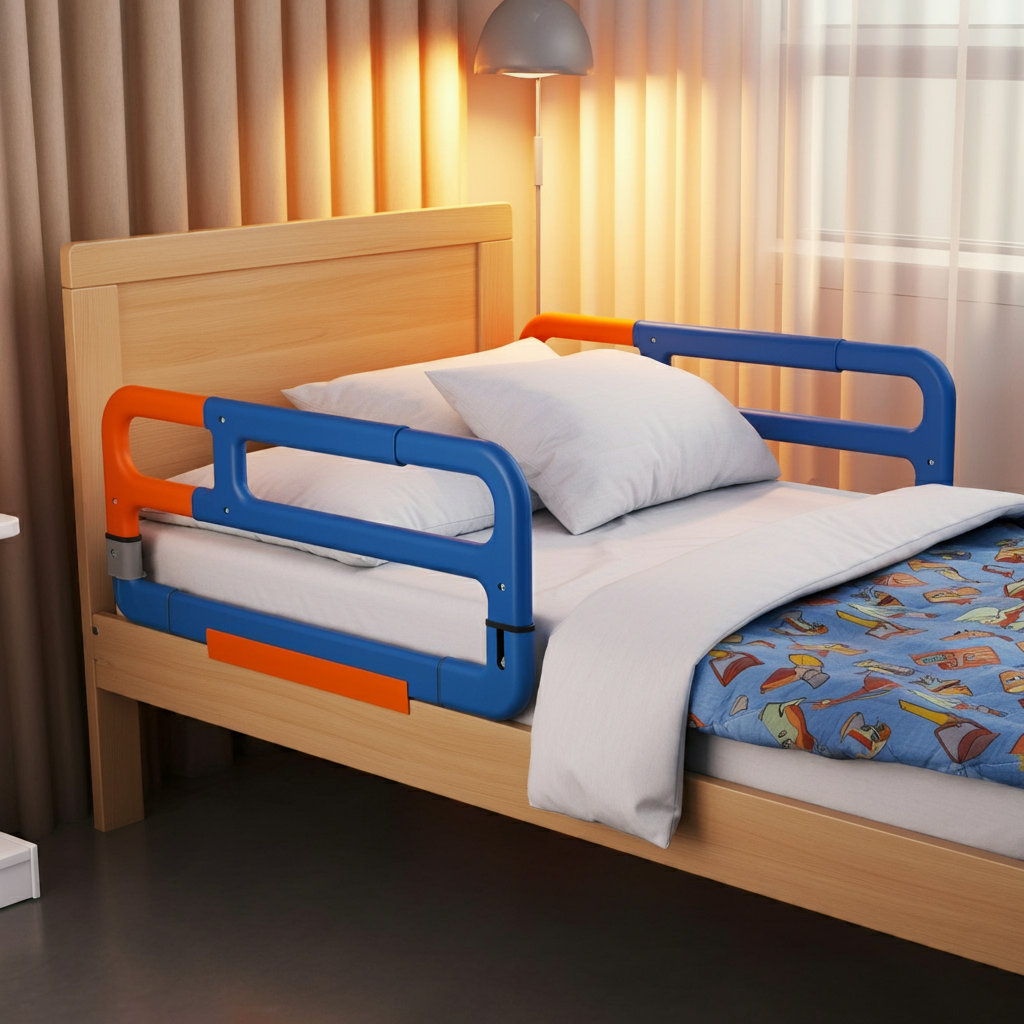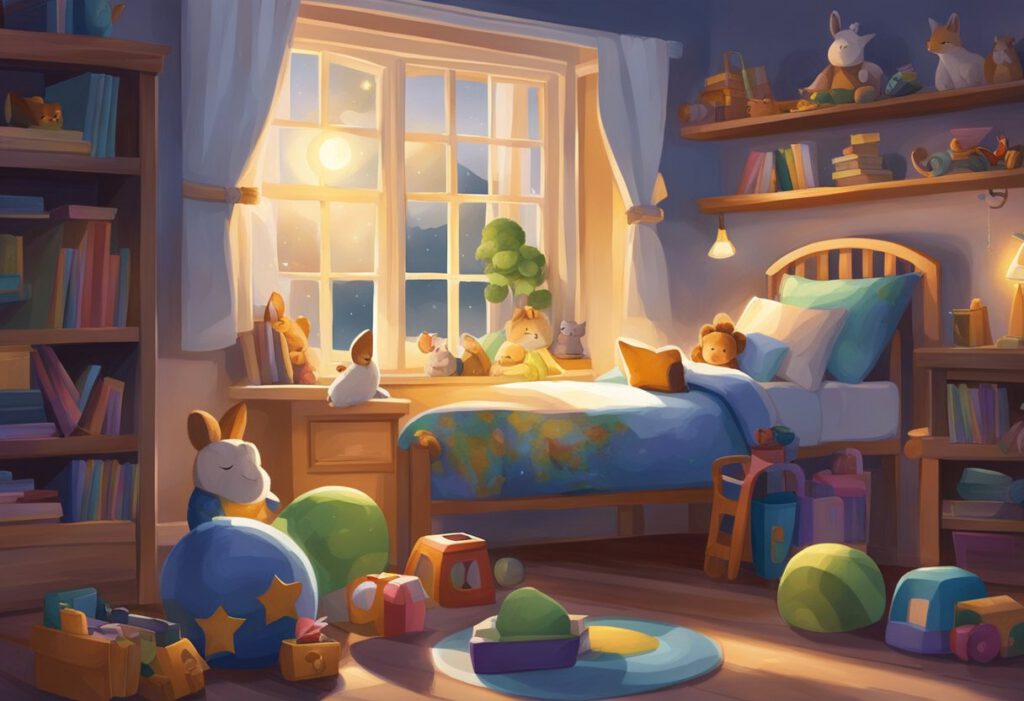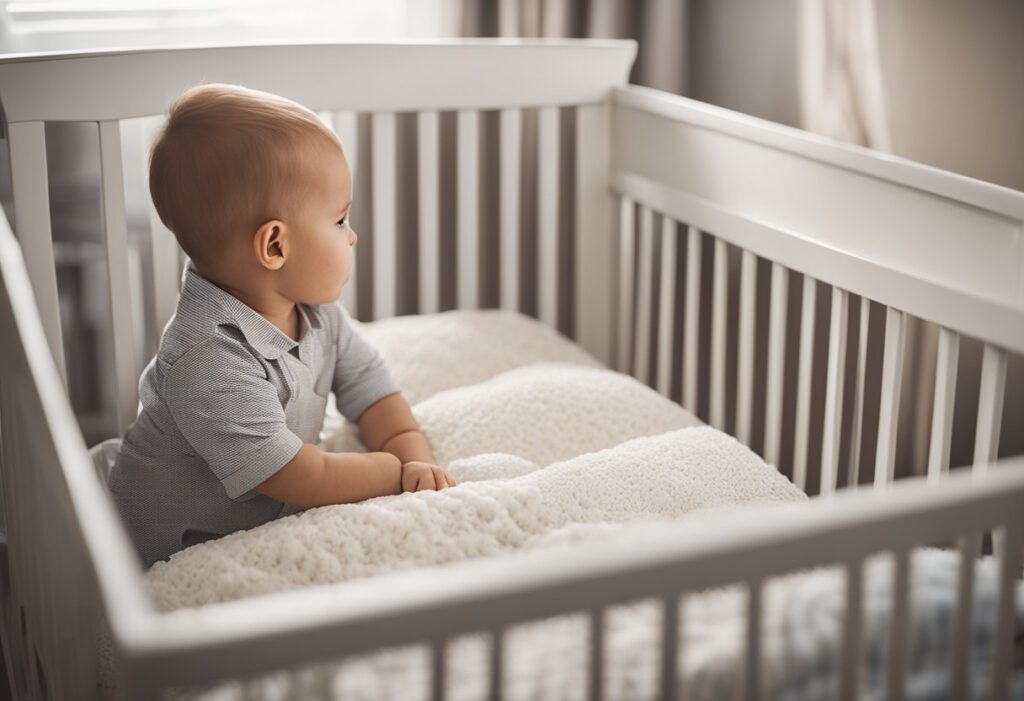The Best 2025 Kids’ Furniture and Where You Can Buy It
Creating Comfortable Spaces with Children's Furniture
In today’s world, children’s furniture caters to their specific needs, bypassing the challenges associated with oversized adult furniture. An entire industry has emerged to ensure that children have access to furniture tailored to their size. Whether your child is a toddler or a teenager, there are furniture pieces designed to accommodate both their stature and requirements.
Gift Ideas in Furniture
A Variety of Styles for Children's Furniture
Toddlers and young children can now enjoy scaled-down versions of beds, desks, chairs, and sofas. For instance, a small bed for a toddler, with a few additional components, can be elevated to accommodate a matching dresser and desk underneath for an older child.
Practical Considerations for Children's Furniture
Children’s furniture comes in a plethora of colors and styles, ranging from traditional colonial furniture to playful and innovative pieces made from modern plastics or industrial-style metal pipes. They also take on various shapes to cater to children’s whims and interests, with bedroom sets depicting pirate hideouts or exquisite canopy beds fit for little princesses.
Affordable Options in Children's Furniture
While some children’s furniture pieces are indeed extravagant, there are plenty of affordable options available as well. With the myriad of choices available today, purchasing furniture for children has never been easier.
Customizing Children's Furniture for Different Ages
Whether it’s to create a themed bedroom or simply provide your child with a space of their own, children’s furniture options are endless and accessible to all budgets.
Safety Measures in Children's Furniture
Explore the exciting world of children’s furniture, where creativity and functionality converge to provide unique and stimulating spaces for our younger generations.
Bedtime can be a challenging time for parents, especially when ensuring their little ones stay safe while they sleep. Many children are restless sleepers, and it’s not uncommon for them to roll off the bed or get stuck between the mattress and the wall….
Sleep is an essential component of a child’s overall health and development. It is during sleep that the body repairs itself and the brain consolidates new information…
When it comes to transitioning from a crib to a toddler bed, many parents wonder when the right time is to make the switch. While some children may outgrow their cribs quickly, others may seem content in them for longer…
The Ultimate Guide to Children's Furniture: Creating a Safe and Stimulating Environment
Children’s furniture plays a crucial role in shaping their environment, providing comfort, safety, and functionality. From beds to desks and everything in between, choosing the right furniture for your child’s space is essential. In this comprehensive guide, we’ll explore the diverse world of children’s furniture, covering common types, safety considerations, design tips, and more. Let’s dive in!
Understanding the Importance of Children's Furniture
Children’s furniture serves more than just practical purposes. It contributes significantly to a child’s physical and cognitive development. Here’s why investing in quality children’s furniture matters:
Children’s Growth and Development: Properly designed furniture supports children’s physical development by offering ergonomic designs that accommodate their smaller stature.
Safety and Security: Children’s furniture should prioritize safety, featuring rounded edges, non-toxic materials, and sturdy construction to prevent accidents and injuries.
Promoting Independence: Functional furniture empowers children to engage in various activities independently, fostering self-confidence and autonomy.
Creating a Stimulating Environment: Thoughtfully designed furniture can inspire creativity and imagination, encouraging children to explore and learn within their space.
Now, let’s delve into the different types of children’s furniture available and their unique characteristics.
Types of Children's Furniture
Beds for Kids
Beds for children come in various styles, sizes, and themes. From whimsical bunk beds to cozy cribs, choosing the right bed is crucial for a good night’s sleep and overall well-being.
Transition: When selecting a bed for your child, prioritize safety and comfort above all else. Opt for sturdy construction and consider features like guardrails for elevated beds to prevent falls.
Chairs and Tables
Children’s chairs and tables are designed with their smaller frames in mind. These pieces of furniture are essential for various activities, including studying, crafting, and dining.
Transition: Look for chairs and tables made from durable materials such as wood or plastic, and ensure they are easy to clean to withstand spills and messes common with young children.
Storage Solutions
Armoires, dressers, shelves, and toy chests are vital for keeping a child’s room organized and clutter-free. These storage solutions come in a variety of sizes and designs to suit different needs.
Transition: Prioritize storage solutions that offer ample space while being easily accessible to children. Consider incorporating fun elements like colorful bins or themed storage boxes to make organizing more enjoyable.
Desks and Workstations
As children grow, they require dedicated spaces for studying and creative endeavors. Desks and workstations designed for children provide a comfortable and conducive environment for learning and productivity.
Transition: Choose desks with adjustable heights to accommodate children as they grow. Additionally, ensure ample storage space for books, stationery, and other essentials to promote organization and focus.
Safety Considerations for Children's Furniture
Ensuring the safety of children’s furniture is paramount to prevent accidents and injuries. Here are some essential safety considerations to keep in mind:
Sturdy Construction: Opt for furniture made from high-quality materials and sturdy construction to withstand the rigors of children’s activities.
Transition: Avoid furniture with sharp edges or protruding hardware that could pose safety hazards to children.
Non-Toxic Materials: Choose furniture made from non-toxic materials to minimize exposure to harmful chemicals commonly found in some furniture finishes and upholstery.
Transition: Look for certifications such as Greenguard or ASTM compliance to ensure that the furniture meets safety standards for children.
Stability and Balance: Ensure that furniture pieces are stable and well-balanced to prevent tipping or toppling over, especially for items like bookshelves and dressers.
Transition: Secure heavy furniture to the wall using wall anchors or straps to prevent accidents, particularly in earthquake-prone areas.
Safety Standards Compliance: Select furniture that complies with relevant safety standards, such as those set by organizations like the Consumer Product Safety Commission (CPSC) or the American Society for Testing and Materials (ASTM).
Transition: Regularly inspect furniture for signs of wear and tear, loose parts, or damage, and promptly repair or replace any compromised pieces to maintain safety.
Design Tips for Children's Furniture
Designing a functional and aesthetically pleasing space for children involves careful consideration of both form and function. Here are some design tips to create an inviting and inspiring environment:
Colorful and Playful Elements: Incorporate vibrant colors, playful patterns, and whimsical themes into the furniture design to stimulate creativity and imagination.
Transition: Balance bold colors with neutral tones to create a visually appealing space that is both stimulating and calming.
Versatility and Adaptability: Choose furniture that can adapt to the changing needs of children as they grow. Look for convertible or modular pieces that can be reconfigured or repurposed over time.
Transition: Invest in multifunctional furniture items such as bunk beds with built-in storage or desks with adjustable heights to maximize space and functionality.
Child-Friendly Materials: Opt for materials that are durable, easy to clean, and safe for children, such as solid wood, laminate, or high-quality plastics.
Transition: Incorporate soft furnishings like cushions or rugs to add warmth and comfort to the space while also providing a safe play area for children.
Personalization and Customization: Involve children in the design process by allowing them to choose colors, patterns, or themes for their furniture. This not only promotes self-expression but also fosters a sense of ownership and pride in their space.
Transition: Balance personalization with practicality, ensuring that furniture choices are functional and conducive to the child’s needs and preferences.
Conclusion
Choosing the right furniture for children is essential for creating a safe, stimulating, and functional environment that supports their growth and development. By understanding the different types of children’s furniture available, prioritizing safety considerations, and incorporating thoughtful design elements, you can create a space that nurtures creativity, independence, and joy for your child. Remember to prioritize quality, durability, and versatility when selecting furniture pieces, and involve your child in the process to ensure their space reflects their personality and preferences. With careful planning and attention to detail, you can create a space where your child can thrive and flourish for years to come.
FAQ: Frequently Asked Questions
How to choose furniture that’s kid-friendly? When selecting furniture for children, prioritize safety, durability, and functionality. Look for rounded edges, non-toxic materials, and sturdy construction to ensure the furniture can withstand the rigors of childhood play while also providing a safe environment for your child.
What furniture is needed in a kids room? Essential furniture for a child’s room includes a bed, storage solutions such as dressers or shelves, a desk or workstation for studying and creative activities, and seating options like chairs or bean bags. The specific pieces required may vary depending on the child’s age and individual needs.
What do Millennials look for in furniture? Millennials often prioritize sustainability, versatility, and affordability when choosing furniture. They may prefer multifunctional pieces that can adapt to changing needs and lifestyles, as well as eco-friendly materials and designs that reflect their values.
What are the benefits of child-sized furniture? Child-sized furniture is designed to fit children’s smaller proportions, promoting proper posture and comfort. It empowers children to engage in independent activities and fosters a sense of ownership and autonomy within their space. Additionally, child-sized furniture can encourage creativity and imaginative play.
Should toys be in kids rooms? While it’s common for children to have toys in their rooms, it’s essential to strike a balance to avoid clutter and promote organization. Consider incorporating storage solutions like bins, baskets, or toy chests to keep toys organized and easily accessible. Encourage children to participate in tidying up their toys regularly to maintain a clean and functional space.
How do I keep my toddler off the furniture? Redirecting your toddler’s attention to appropriate activities and providing alternative seating options designed for children can help discourage them from climbing on adult furniture. Setting clear boundaries and consistently reinforcing rules about furniture use can also be effective in encouraging appropriate behavior.



